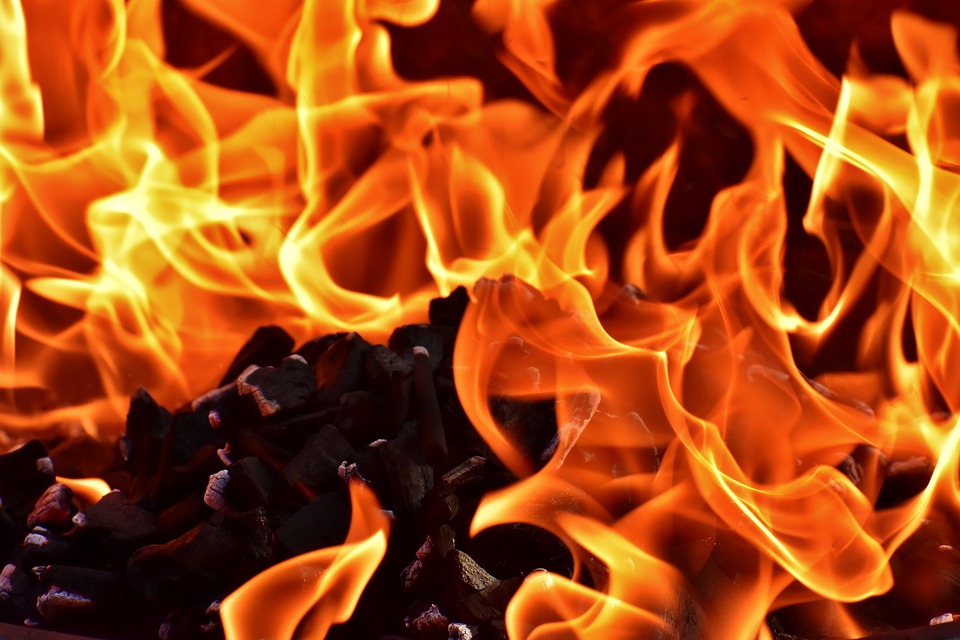Two incidents, one in Trail and the other in Creston, are stark reminders of the dangers of heating your home.
Three Trail residents with symptoms of Carbon Monoxide poisoning were rushed to Kootenay Boundary Regional Hospital on Friday, November 29.
The occupants had been running a gas generator inside their residence which had elevated the carbon monoxide to dangerously high levels.
A Message from Trail and Greater District Detachment:
“This could have been a potentially fatal incident for the three occupants. As the winter weather gets colder and people use alternate heat and power sources, the RCMP would like to remind the public about the dangers of running gas generators indoors due to the accumulation of potentially fatal carbon monoxide. Please ensure any gas generators are operated outdoors in well ventilated areas as well as any other manufacture’s recommendations. ”
KBRFR reminds the public to install a working CO alarm on every storey to detect the deadly gas that has no smell, taste or colour.
If your carbon monoxide alarm sounds do not try to locate the source. Leave your home immediately and move to fresh air. Once outside, call 9-1-1, or emergency services. Return to your home only after the problem has been fixed by a professional.
***
Over in the Valley as temperatures drop, fireplaces and wood stoves get stoked.
But without proper maintenance, cozy fires can pose a threat to your home.
Creston Fire Rescue personnel were dispatched for a chimney fire late last week. Firefighters used a thermal imaging camera to check for fire extension while another team removed the wood from the wood stove. After a thorough check, it was determined the fire did not extend beyond the chimney.
Everyone got out of the house and no injuries were reported but CFR kindly asks locals to keep your chimney clean.
Chimney fires are caused by Creosote build-up which is a highly combustible substance that often looks sticky and tar-like. Once ignited, a blaze can reach temperatures over 1000 C.





